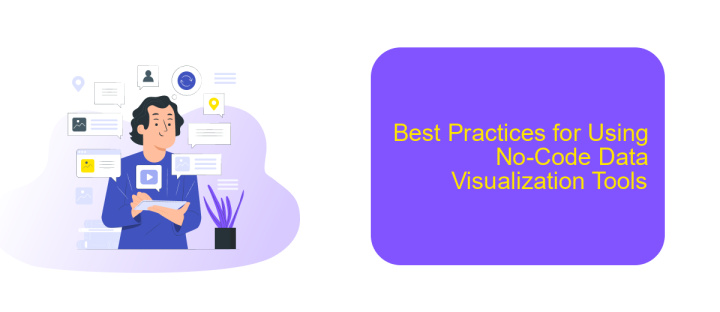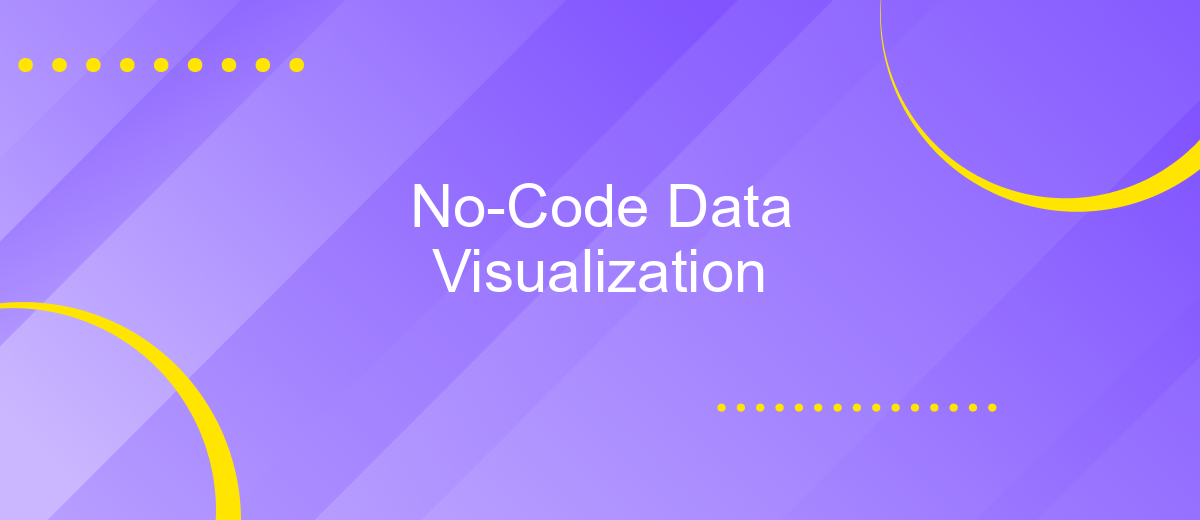No-Code Data Visualization
No-code data visualization tools are revolutionizing the way businesses and individuals interpret data. By eliminating the need for complex coding skills, these platforms empower users to create insightful and interactive visual representations of data with ease. This democratization of data analysis not only enhances productivity but also fosters a deeper understanding of data-driven insights across various sectors.
Introduction to No-Code Data Visualization
No-code data visualization is revolutionizing the way individuals and businesses interpret and present data. By eliminating the need for advanced programming skills, these tools make it accessible for anyone to create insightful visual representations of complex datasets. This democratization of data empowers users to make data-driven decisions quickly and efficiently.
- Ease of use: No-code platforms offer intuitive interfaces, often featuring drag-and-drop functionalities.
- Cost-effective: Reduces the need for hiring specialized developers or data scientists.
- Flexibility: Allows for rapid prototyping and adjustments without extensive coding knowledge.
One of the key benefits of no-code data visualization tools is their ability to integrate seamlessly with various data sources. Services like ApiX-Drive facilitate these integrations, allowing users to connect and automate data flows between different applications effortlessly. This capability ensures that the visualizations are always up-to-date and reflective of the latest data, enhancing their reliability and usefulness in decision-making processes.
Benefits and Use Cases of No-Code Data Visualization

No-code data visualization offers significant benefits, making it accessible for non-technical users to create compelling visual representations of data. This approach reduces the dependency on specialized skills, allowing anyone to transform raw data into insightful charts and graphs. By eliminating the need for coding, it speeds up the data analysis process, enabling quicker decision-making and fostering a data-driven culture within organizations. Additionally, it enhances collaboration as team members can easily share and interpret data visualizations without technical barriers.
Use cases for no-code data visualization span various industries and functions. Marketing teams can quickly analyze campaign performance, sales departments can monitor revenue trends, and HR can track employee engagement metrics. Tools like ApiX-Drive further enhance the utility of no-code platforms by facilitating seamless integration with various data sources. By automating data collection and synchronization, ApiX-Drive ensures that visualizations are always up-to-date, allowing businesses to focus on deriving actionable insights rather than managing data pipelines.
Types of No-Code Data Visualization Tools

No-code data visualization tools have revolutionized the way businesses and individuals interpret data, making it accessible without the need for extensive coding skills. These tools are designed to be user-friendly, allowing users to create complex visualizations with simple drag-and-drop interfaces.
- Dashboard Builders: These tools enable users to create interactive dashboards that display real-time data from various sources. Examples include Tableau and Power BI.
- Chart and Graph Makers: These tools focus on creating specific types of charts and graphs, such as bar charts, line graphs, and pie charts. Examples include Google Data Studio and Chart.js.
- Integration Tools: Platforms like ApiX-Drive facilitate the integration of data from multiple sources, making it easier to visualize data from different applications in one place.
- Mapping Tools: These are specialized for geographical data visualization, allowing users to create interactive maps. Examples include Mapbox and Google Maps API.
Each type of tool serves a unique purpose and caters to different visualization needs. By leveraging these no-code tools, users can transform raw data into meaningful insights, driving better decision-making processes without the need for technical expertise.
Best Practices for Using No-Code Data Visualization Tools

When using no-code data visualization tools, it's essential to follow best practices to ensure your visualizations are both effective and informative. Start by clearly defining the goals and objectives of your visualization. Understand the key metrics and data points that need to be highlighted to meet these objectives.
Next, choose the right type of visualization for your data. Different types of charts and graphs are better suited for different kinds of data. For example, bar charts are great for comparing quantities, while line charts are ideal for showing trends over time.
- Keep your visualizations simple and avoid clutter.
- Use consistent colors and labels to enhance readability.
- Ensure your data is accurate and up-to-date.
- Leverage tools like ApiX-Drive for seamless data integration.
Regularly review and update your visualizations to reflect any changes in the data or objectives. By adhering to these best practices, you can create compelling and effective data visualizations that drive informed decision-making.
Future Trends in No-Code Data Visualization
The future of no-code data visualization is set to be transformative, driven by advancements in artificial intelligence and machine learning. These technologies will enable platforms to offer more intuitive and automated insights, reducing the need for manual data manipulation. Additionally, the integration of real-time data feeds will become more seamless, allowing users to make more informed decisions on the fly. Tools will become more user-friendly, breaking down barriers for those with limited technical skills, ensuring that data visualization is accessible to a broader audience.
Another significant trend is the rise of integration services like ApiX-Drive, which simplify the process of connecting various data sources. By automating data transfers and ensuring compatibility between different applications, these services will empower users to create comprehensive dashboards without technical bottlenecks. As organizations increasingly rely on diverse data streams, the ability to effortlessly integrate and visualize this information will be crucial. The no-code movement will continue to democratize data analytics, making sophisticated tools available to all, regardless of their technical background.
FAQ
What is No-Code Data Visualization?
What are the benefits of using No-Code Data Visualization tools?
Can I integrate No-Code Data Visualization tools with other software?
Are No-Code Data Visualization tools suitable for large datasets?
How secure are No-Code Data Visualization platforms?
Routine tasks take a lot of time from employees? Do they burn out, do not have enough working day for the main duties and important things? Do you understand that the only way out of this situation in modern realities is automation? Try Apix-Drive for free and make sure that the online connector in 5 minutes of setting up integration will remove a significant part of the routine from your life and free up time for you and your employees.

